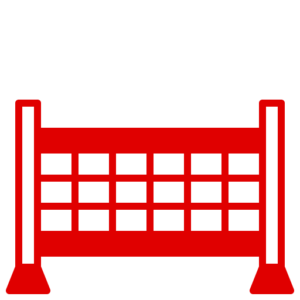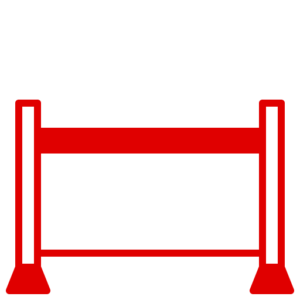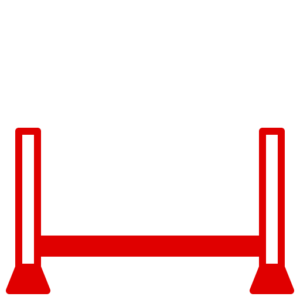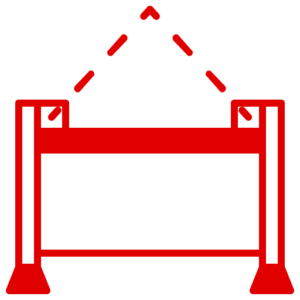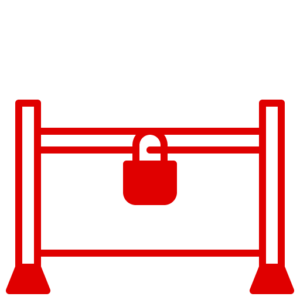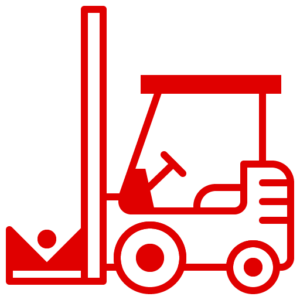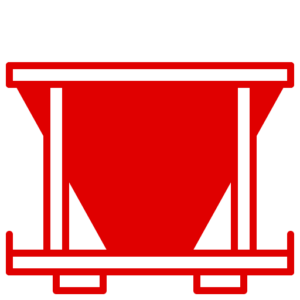News
Ensuring Safety and Compliance: Assessing Stillages for Specific Tasks According to PUWER Regulations
As a leading provider of quality stillages and cages, Lowe Stillages & Cages understands the importance of safety and compliance in various industries. The Provision and Use of Work Equipment Regulations (PUWER) provides essential guidance on the safe use and selection of work equipment, including stillages. In this blog post, we will outline the steps to assess the suitability of stillages for specific tasks in accordance with PUWER requirements. By following these steps, employers can ensure the safe and effective use of stillages while minimising the risk of accidents or damage.
Step 1: Identify Task Requirements
Before selecting a stillage, it is crucial to clearly understand the specific tasks and requirements for which it will be used. Consider factors such as the type of materials or goods to be stored, the method of handling or transportation, and any specific environmental or operational conditions. By relating these considerations to our range of stillage products, you can make an informed decision that best suits your needs.
Step 2: Review PUWER Regulations
Familiarise yourself with the relevant PUWER regulations that apply to stillage use. These regulations are designed to ensure the safety of workers and provide valuable insights into the safe use and selection of work equipment. By aligning our stillages with PUWER requirements, Lowe Stillages & Cages ensures that our products meet or exceed the necessary safety standards.
Step 3: Manufacturer Specifications
Refer to the manufacturer’s specifications and guidelines for the stillages you are considering. Manufacturers often provide detailed information regarding the intended use, load capacities, and any limitations or specific recommendations for their stillages. Pay close attention to this information during the assessment process to ensure that the stillages you choose are suitable for your specific tasks.
Step 4: Assess Load Capacity
Determining the load capacity of stillages is crucial to ensure their safe and efficient use. Compare the load capacity of the stillages to the expected load requirements for the specific tasks. It is essential to choose stillages that can safely support the intended loads without compromising their structural integrity. Our wide range of stillages offers varying load capacities to accommodate different needs, ensuring you find the perfect fit for your operations.
Step 5: Evaluate Structural Integrity
Inspect the structural integrity of the stillages, including components such as frames, base plates, sides, and any additional reinforcements or attachments. Look for signs of damage, wear, corrosion, or any defects that may affect the safe use of the stillages. At Lowe Stillages & Cages, we prioritise the highest quality materials and rigorous manufacturing processes to ensure the durability and reliability of our products.
Step 6: Consider Material Compatibility
Assess the compatibility of the stillages with the materials or goods to be stored. Factors such as size, shape, weight, fragility, and any special handling requirements should be considered. It is crucial to select stillages that provide adequate support, protection, and stability for the specific materials or goods you handle. Our range of stillages is designed to cater to diverse storage needs, ensuring optimal compatibility for various products.
Step 7: Evaluate Ergonomics
Ergonomic factors play a significant role in determining the suitability of stillages for specific tasks. Evaluate factors such as accessibility, ease of loading and unloading, proper weight distribution, and any features that facilitate safe handling and stacking. Our stillage products are designed with ergonomic considerations in mind, promoting efficient and safe operations.
Step 8: Environmental Considerations
Take into account the specific environmental conditions in which the stillages will be used. Factors such as temperature, humidity, exposure to corrosive substances, or outdoor elements may impact the durability or suitability of the stillages. Our stillages are built to withstand demanding environments, ensuring longevity and reliable performance under various conditions.
Step 9: Consult Experts or Suppliers
Seek input from experts, such as engineers, safety professionals, or suppliers of the stillages, to evaluate their suitability for specific tasks. They can provide valuable insights and recommendations based on their knowledge and experience. Lowe Stillages & Cages has a team of experts ready to assist you in choosing the right stillage solution for your requirements.
Step 10: Document Assessment Findings
Maintain records of the assessment process, including the factors considered, any limitations identified, and the rationale for the final assessment. This documentation demonstrates compliance with PUWER requirements and serves as a reference for future assessments or audits. By keeping thorough records, you can ensure a consistent and compliant approach to stillage selection and usage.
By following these steps, employers can assess the suitability of stillages for specific tasks in accordance with PUWER requirements. At Lowe Stillages & Cages, we prioritise safety, compliance, and customer satisfaction. Our range of high-quality stillages and cages is designed to meet the diverse needs of industries while adhering to the relevant regulations and guidelines. Choose Lowe Stillages & Cages for reliable solutions that enhance the safety and efficiency of your operations.

